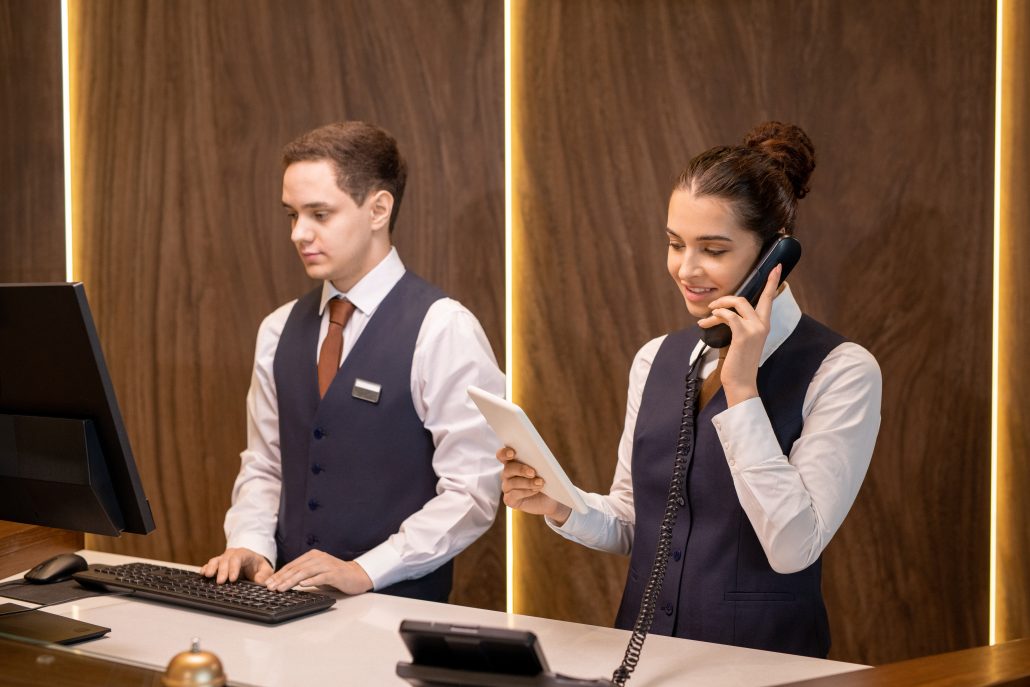Price is one of the most influential factors in a guest’s decision to stay with you. Let’s look at some important components that should define your pricing.
The Hotel Industry is unique among economic markets in that we sell perishable services with a limited capacity. The same room cannot be sold twice, and a vacant room cannot be sold at a later date. To further complicate things, we sell to very different customers, each with their own requirements and willingness to pay for the same product.
Revenue management is the art of analysing and optimising these peculiarities with pricing as a key lever to do so. In this blog we look at some key factors that play a key part in deciding dynamic pricing strategy for your hotel.
What is hotel room pricing strategy?
Before looking at various pricing strategies, let’s revisit hotel room pricing strategy. It is essentially the rate you charge per room in an effort to sell as many rooms as possible and maximise revenue.
Factors that influence your hotel’s pricing strategies
1) Competition
Understand your completion’s pricing strategy, tracking them using RateSTalk and setting up rates that keep you competitive. It is important to understand the rates of each of your competitor’s comparative rooms to be effective.
2) Forecasting
This time-tested approach relies on setting prices based on what you expect the demand to be. This expectation relies on understanding your hotel’s occupancy data, revenue, room rate and average spend per room for the last couple of months and in the same period the previous year, as well as looks at demand and events. It is one of the most important strategies for hotels.
The pandemic may have put a spanner your forecasting analysis, but keep an eye out on government guidelines, airline pricing etc. to be accurate with your forecasting.
3) Length of stay

Encourage your guests to stay longer and provide more opportunities for revenue by offering a cheaper rate for multiple nights and a higher rate for single night stays. Although this method acquires less revenue per individual room night, it provides more revenue overall, and it also increases opportunities of guest spending.
4) Segment and guest type
This strategy is similar to what airlines apply, charging different people different prices for the same room. Customers can be segmented by volume (booking more rooms at once), attributes (those wanting a sea view room vs a garden view), service offering, time of purchase, time used, or more.
Similar to segment type, you can base pricing on guest type, adjusting the price downwards for those who get more value. For instance corporate clients may spend more on services within the hotel and get more volume of bookings through the year.
5) Occupancy
Perhaps one of the most common pricing strategies, the occupancy approach works based on supply and demand; essentially when demand exceeds supply, you increase your room rates. On the contrary in low season, in order to ensure revenue, you can charge lower prices in order to increase occupancy.
6) Incentive and Rewards
Reward guests for the value they bring by better pricing, including discounts, promotions and package deals. Typically, promo and discount codes are used to implement this strategy.
7) Cancellation

Guests are looking for flexibility, now more than ever as lockdowns and restrictions are common due to the pandemic. People are even ready to pay a better price in order to have the flexibility to cancel. Also known as non-refundable rate. It is handy to have this as a strategy.
8) Upselling, cross-selling and packages
Encourage guests to spend more by giving them the option to upgrade to a better room, suite or a sea view or add in services at the time of booking which helps generate more revenue per booking. You’ve captured the client; upselling helps grow the revenue from them. Similar to upselling, cross-selling encourages guests to book additional services, such as spa services, tours, and airport transfers to grow revenue.
Bundled packages or value-added pricing where some complimentary services are added without reducing the rack rate is also a commonly applied strategy to grow revenue.
9) Rate parity
Inspire trust in your clients by having the same rate across all channels. The WatchMyRate feature in STAAH’s booking engine enables you to display the rate for the same room across OTAs – a handy feature to prevent users from leaving your site and growing direct bookings.
Parting words
COVID-19 has dramatically changed the hospitality and travel landscape. For revenue managers creating pricing strategies, means researching and targeting new audiences. New trends are emerging. It is important to keep your fingers on the pulse of the market and respond with a dynamic pricing strategy using the right kind of technology platform

